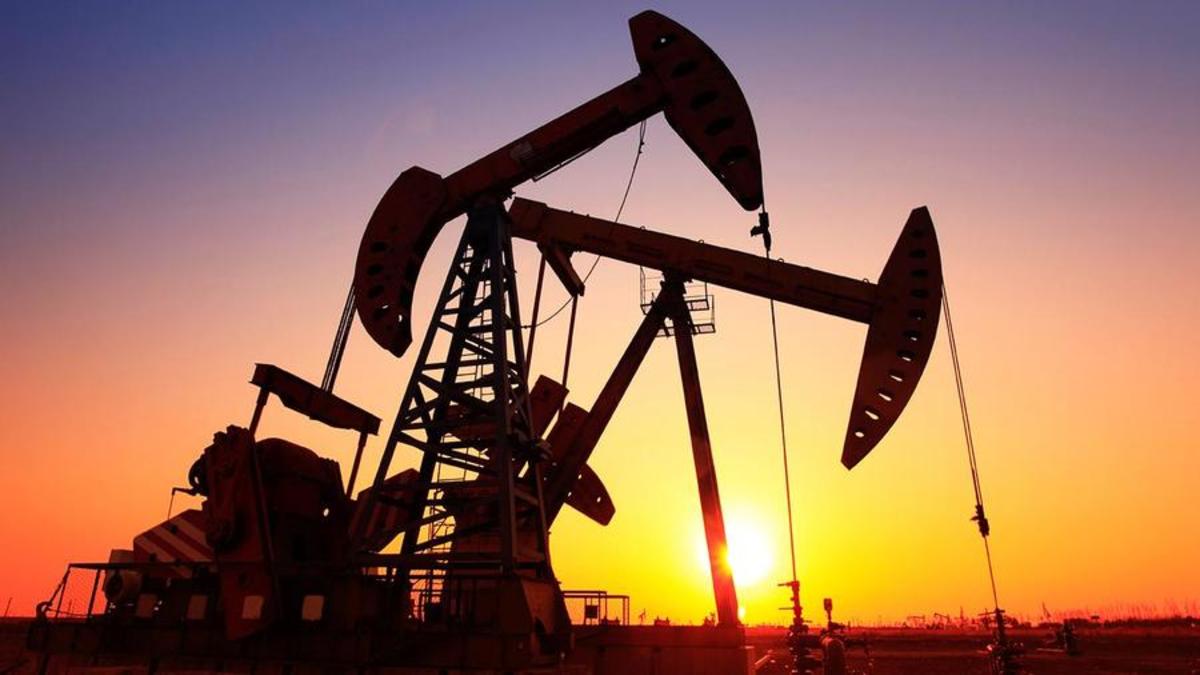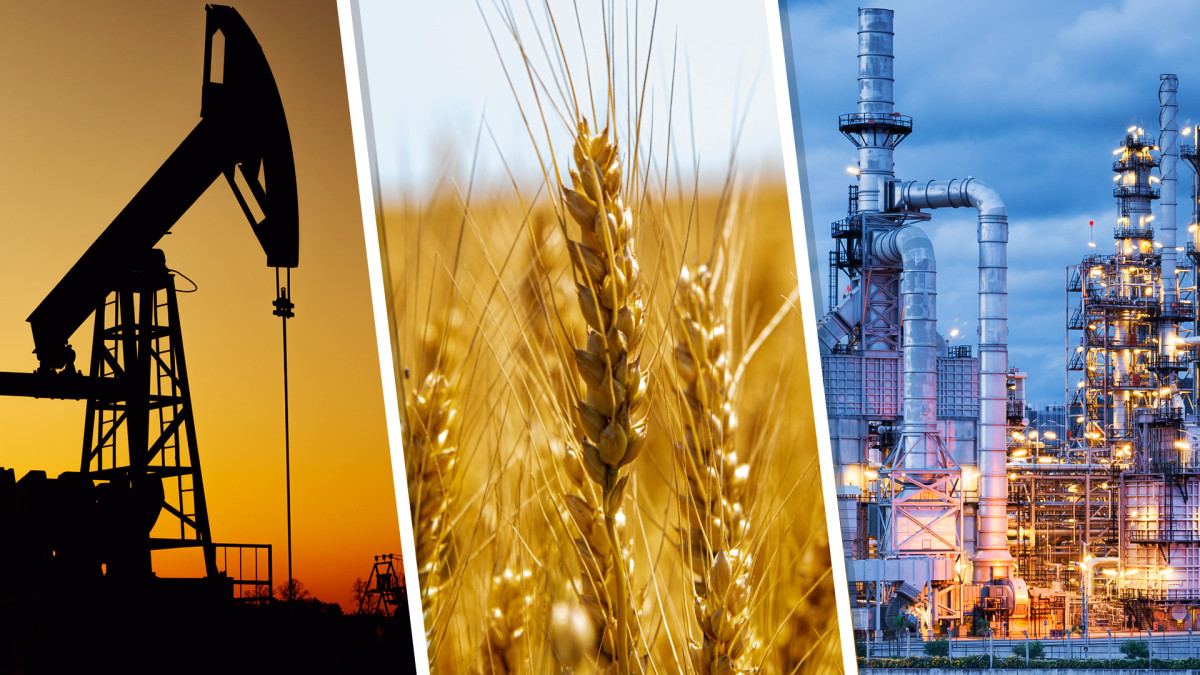
Over extremely long periods – centuries – commodities prices are pure inflation hedges. That means their inflation-adjusted returns are about zero.
But over shorter periods, commodity prices are extremely volatile. For example, they tanked in early 2020 amid the pandemic outbreak. They climbed sharply from March 2020 to June 2022 and have mostly slipped since then.
Commodity investors maintain that the asset is uncorrelated to stocks and bonds and can thus provide a significant diversifier to your portfolio. But commodities often trade in line with the economy.
A strong economy stimulates demand for commodities, including oil, copper, grains and cocoa, because consumers and companies are flush with cash to spend. Similarly, a weak economy depresses demand for commodities.

Investors have been buying commodities
The asset class has strengthened in recent weeks, as signs of economic recovery have emerged worldwide. The Bloomberg Commodity Index has ascended 3.5% in the last month.
Related: Analysts issue unexpected crude oil price forecast after surge
The two most-followed commodities, oil and gold, have helped lead the way. You may have seen the impact of rising oil prices at your gas pump. The national regular gas price averaged $3.53 Monday, up 8% from a month ago.
Gold has hit a record high above $2,200, buoyed by Chinese demand. The People’s Bank of China purchased more gold than any other central bank last year, according to the World Gold Council, an industry group.
It’s not just big-time commodities taking off. Cocoa prices have surpassed a 46-year-old record peak. Bad weather in West Africa crimped supply, while speculative fervor has sparked demand, according to The Wall Street Journal.
Goldman Sachs analysts weigh in on commodities
Goldman Sachs analysts believe the commodities rally will continue. Their reasons:
1. What they call “cyclical” support.
“With the trough in global manufacturing behind us and our economists’ strong conviction of interest rate cuts in the U.S. and Europe [starting in June], we expect further support to commodities demand and prices,” the analysts said. Lower rates generally lift economic growth.
Copper, aluminum, and oil products should show particular strength, they said.
More Economic Analysis:
- Bond markets tell Fed rate story that stocks still ignore
- February inflation surprises with modest uptick, but core pressures ease
- Vanguard unveils bold interest rate forecast ahead of Fed meeting
2. Then there are “structural” factors. For example, strong demand for green metals, those that are used to make clean energy, and increasing supply concerns have pushed copper prices to a one-year high, the analysts said. They forecast a 40% increase for copper this year.
3. Geopolitical factors, such as the wars in Gaza and Ukraine, are also relevant, as they limit commodity supply.
“The ongoing Red Sea shipping disruptions and recent attacks on Russian oil-refining capacity” illustrate how geopolitical turmoil is boosting commodity prices, the analysts said.
Another commodity bull is Bruce Kamich, a technical analyst for TheStreet.com’s Pro service. He sees demographic trends supporting commodities.
“Since 2000, hundreds of millions of people have moved into the middle class, and that is fueling demand that we have never seen before,” he wrote.
“This insatiable demand is hitting against stagnant supplies of food and materials. I anticipate that commodities will be rationed by price in the years ahead.”
Kamich is looking for an upward move in commodity prices starting in August.
To be sure, the Goldman analysts warn against loading up on every commodity. They have a bearish view for this year on natural gas and lithium. And they see little change for nickel and zinc.
If you are going to invest in commodities, you might consider purchasing a mutual fund or exchange-traded fund ETF with a diversified portfolio. That can protect you against the plunge of an individual commodity.
Related: Veteran fund manager picks favorite stocks for 2024







